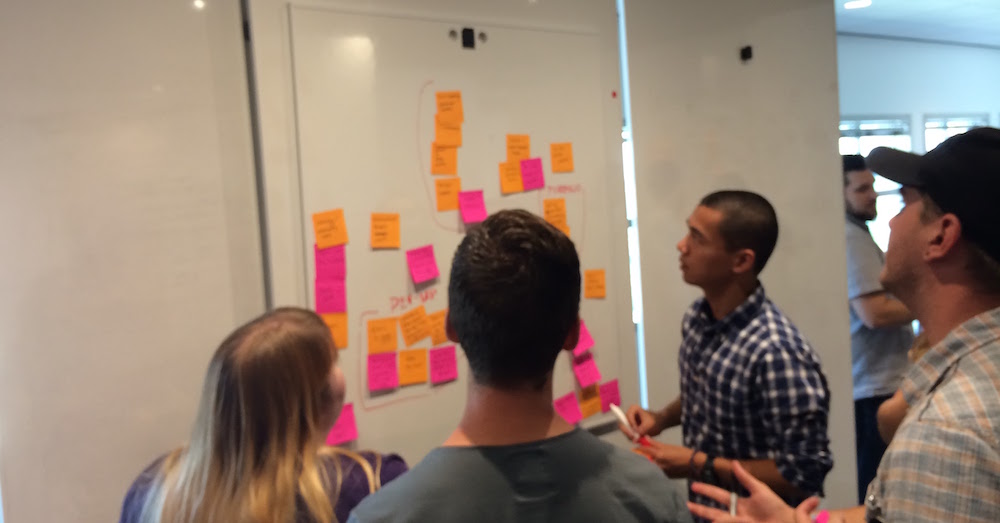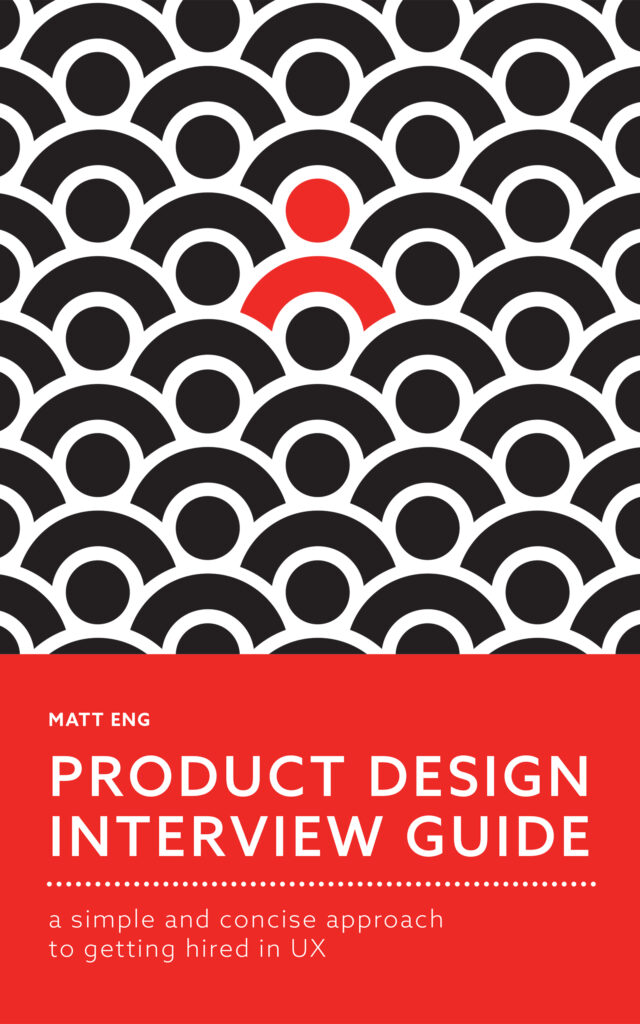Empathy has gathered a lot of attention from the UX industry. As designers, we are asked to practice more empathy when considering the needs of the people using our products. How do you learn to practice empathy? Here is a exercise that I picked up from Liya James during an Idean UX Summit. I have since adapted it for teaching empathy to my class at Austin Community College.
New to this discussion about empathy? Here’s a great Youtube video from Bene Brown that helps define it.
Setup goals and rules for teaching empathy
The most optimal time to do this exercise is either at the beginning of a semester or when groups are just starting to get to know each other. Pair up participants with someone they have not met yet. Tell them that they will design a gift for their partner, and their goal for the beginning of the exercise is to learn what their partner needs most to live a more enjoyable life.
Ask the right questions
For the next fifteen minutes, one partner interviews the other on normal everyday activities. What time do they wake up, and what does their morning routine look like? I coach the participants to focus on open questions that encourage their partner to tell a story or narrative. This will help get more information and avoid leading the conversation.
When the fifteen minutes are up, the pair switches roles and repeats.
Focus on open questions that encourage their partner to tell a story…
Digest the notes
When the pairs are done with their interviews, give them five to ten minutes to go through the notes. There is not enough time or information to get too deep into a true synthesis of the information. Nonetheless, the participants should be able to pick out key points from the interview. I get them to take their notes and plot them on stickies or a whiteboard. Some participants put the notes on a timeline to visually show the interviewee’s day. This should help the them understand key pain points in larger contexts such as the morning commute or school schedules.
One extra step that might help is to let the participants walk around the room to see the results of other conversations. I have done this exercise a dozen times. A lot groups tend to talk about the collective pain point of lack of time.
Interested in learning more about research, synthesis, and design? Read this post on designers and UX research.
Design the right gift
This is the part of the exercise that most of the designers look forward to the most. Set the constraints and ground rules for what they can design.
- Solutions have to be feasible
- Designs must be “mostly” original
- Final gift design do not have to be digital
At this point, the ground rules should set expectations. You will not have to spend time steering participants away from designing another Google car or time machine. The last ground rule does open up the floor to something more than an app.
The key takeaway I want the participants to internalize is that their approach can greatly affect their understanding of the person, context and ultimately the right problems that need solving. My hope is that they build awareness to the energy and skills required to effectively practice empathy. We need to invest time to work past our assumptions and gain a better understanding of who we are actually trying to help.

